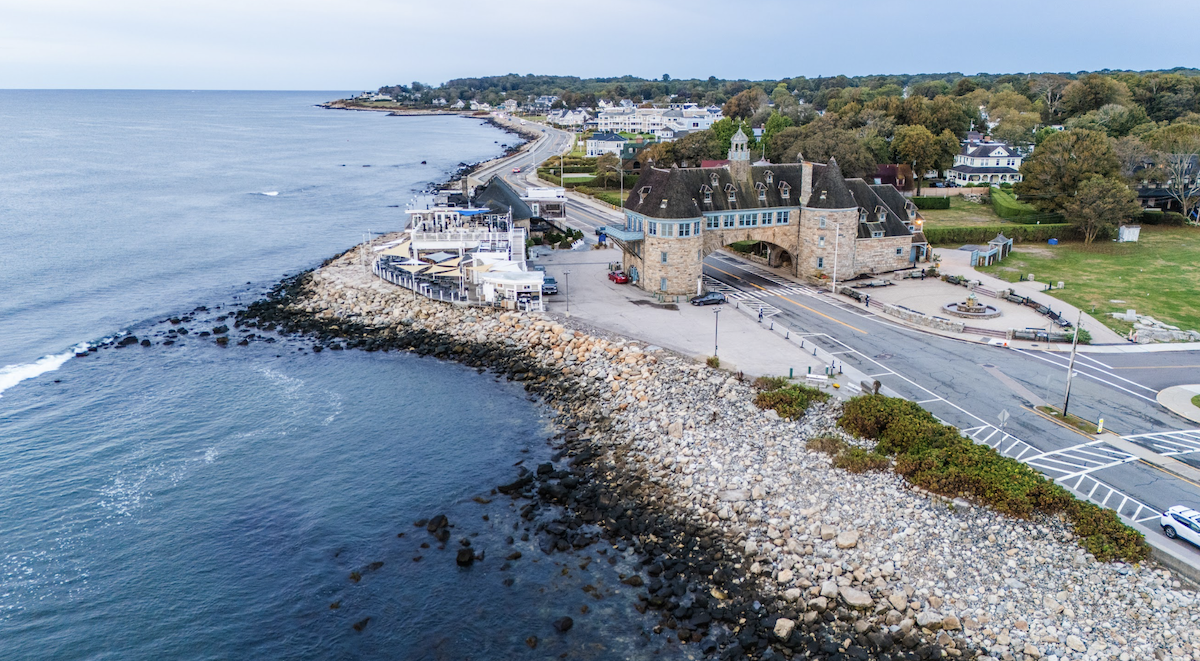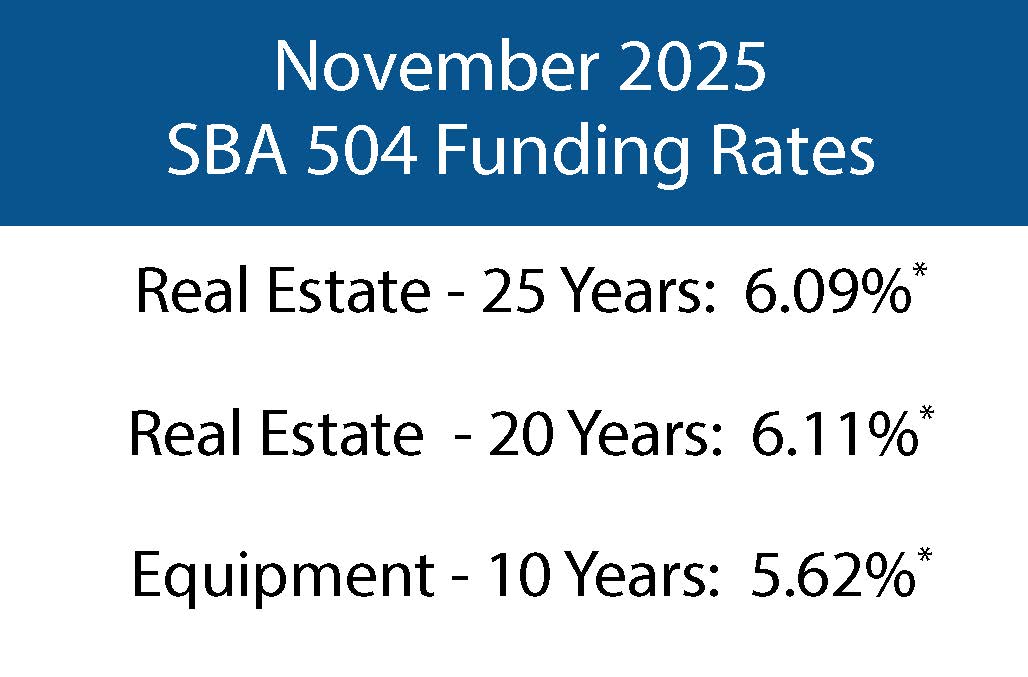In today's challenging economic environment, finding the right financing solution for commercial real estate projects is crucial for both your clients and your institution.
As commercial loan officers and banking professionals, you need to understand the key differences between SBA 504 loans and traditional commercial construction loans to provide optimal guidance.
Understanding SBA 504 Loans
The SBA 504 Loan Program provides small businesses with long-term, fixed-rate financing for major fixed assets such as land, buildings, and equipment.
These loans are structured with three components:
- Bank Loan: A private-sector lender (your bank) covers 50% of the project cost
- CDC Loan: A Certified Development Company (CDC) covers up to 40% of the cost, backed by a 100% SBA-guaranteed debenture
- Borrower Contribution: The borrower contributes at least 10% of the project cost
This structure allows businesses to access up to 90% financing for their projects, preserving valuable working capital for other business needs.
Understanding Commercial Construction Loans
Commercial construction loans are typically short-term, higher-interest loans specifically designed for building or renovating commercial properties. These loans are structured to cover construction costs with funds disbursed in stages (draws) as the project reaches predetermined milestones. Once construction is complete, borrowers usually refinance into a permanent mortgage.
Key Differences: SBA 504 vs. Commercial Construction Loans
Feature
SBA 504 Loan
Commercial Construction Loan
Purpose
Purchase or improvement of fixed assets, including construction or renovation of commercial properties.
Construction or renovation of commercial properties
Loan Structure
50% bank loan, 40% CDC/SBA loan, 10% borrower contribution
Typically 70-80% loan-to-cost ratio with 20-30% down payment
Interest Rates
Fixed rates tied to U.S. Treasury issues
Variable rates, generally higher due to construction risks
Loan Term
10, 20, or 25 years
Short-term (1-3 years) with refinancing needed upon completion. Sometimes provided at time of construction loan approval/
Down Payment
As low as 10%
Typically 20-30%
Collateral
Project assets being financed
Property under construction and possibly additional assets
Advantages of SBA 504 Loans
- Lower Down Payment: Only 10% borrower contribution required, preserving capital for business operations
- Fixed Interest Rates: Provides predictability in loan repayments for up to 25 years
- Long-Term Financing: Amortization terms up to 25 years significantly reduce monthly payments
- Supporting Economic Development: Projects must create or retain jobs, contributing to economic growth
- Below-Market Rates: The CDC/SBA portion of the loan (40%) typically offers rates below traditional financing
Disadvantages of SBA 504 Loans
- Eligibility Restrictions: Not available to non-profit organizations or businesses exceeding size standards
- Use Limitations: Funds must be used for specific fixed assets; not for working capital or inventory
- Processing Timeline: Approval process involves multiple parties (bank, CDC, SBA)
Recent Changes in SBA 504 Program
Foreign Ownership Rules Updates
The SBA has recently updated its rules regarding foreign ownership. Currently, all owners must be U.S. Citizens or Lawful Permanent Residents.
Environmental Review Streamlining
Environmental reviews for SBA 504 loans have been streamlined to expedite the approval process. The SBA has clarified requirements and reduced redundancy in environmental assessments, particularly for less environmentally sensitive properties.
Refinance Program Expansion
The SBA has expanded its 504 refinance program, allowing businesses to refinance existing conventional loans into SBA 504 loans, even with cash-out options in certain circumstances. This can provide significant interest savings and improved cash flow for businesses with existing commercial real estate debt.

When to Recommend Each Option
Recommend SBA 504 Loans When:
- The client needs to preserve working capital with a lower down payment
- Long-term, fixed-rate financing is a priority
- The business meets SBA size standards and eligibility requirements
- The project aligns with economic development goals (job creation/retention)
- The client is purchasing an existing building or constructing a new facility they'll occupy
Recommend Commercial Construction Loans When:
- Faster funding is the priority
- The project doesn't meet SBA eligibility requirements
- The client plans to develop property primarily for leasing to others
- Flexible disbursement scheduling is needed
- The borrower can manage higher down payment requirements
Case Study: Manufacturing Expansion
A manufacturing company needed to expand its facilities to accommodate growth. With the SBA 504 program, they secured 90% financing for their $2.3 million project through CDC New England. This provided long-term, fixed-rate financing that preserved working capital for equipment and inventory needs.
How BDC Capital and New England Certified can Help
As the oldest business development corporation in the United States, BDC Capital has helped thousands of New England businesses secure financing.
Our affiliate, New England Certified, is a Premier Certified SBA 504 Lender meaning we can unilaterally approve SBA 504 loans when our competitors can't.
Unlike other CDCs, we can also provide:
- Down payment financing when needed
- Bridge financing during construction, indirectly.
- Solutions for up to 100% project financing
- Refinancing options, including with cash-back where eligible
Next Steps for Lenders
As a commercial loan officer, understanding both options allows you to provide the best service to your clients while maintaining strong relationships with both the borrower and your institution.
Remember that CDC New England can partner with your bank to structure deals that maximize benefits for your clients while maintaining your position as their primary financial institution.
Contact us today to discuss how we can work together on your next commercial real estate financing.



